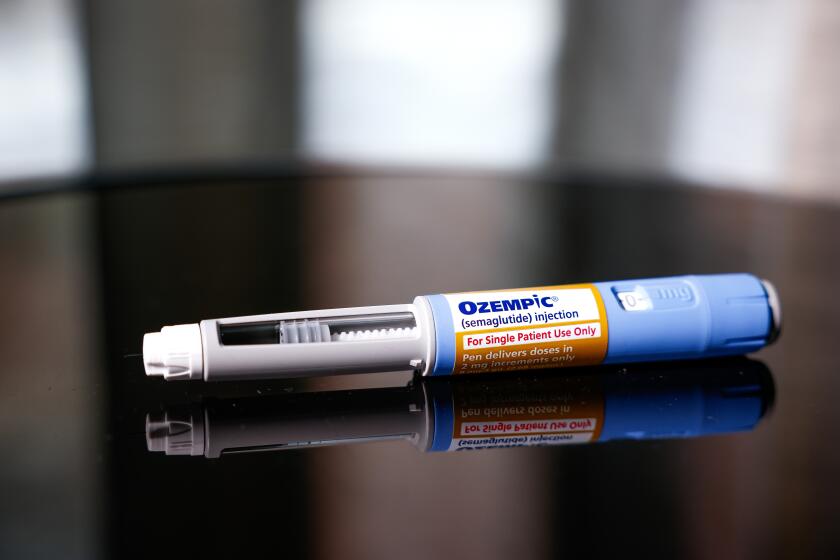L.A.’s plan to make Figueroa a ‘complete street’ makes sense
- Share via
Los Angeles is on the verge of transforming four miles of Figueroa from downtown to Exposition Park into the city’s first “complete street,” serving cars, buses, bicycles and pedestrians equally. The $20-million project, which would replace two car lanes with protected bike lanes, has been in development for six years. If completed, it will be a significant milestone in L.A.’s evolution from car-centric sprawl to walkable, bikeable urban villages.
But Figueroa happens to be an iconic car corridor; it’s home to the Automobile Club of Southern California’s headquarters and numerous auto dealers, including Felix Chevrolet, whose neon Felix the Cat sign is a designated historic cultural monument. Plans to remove car lanes are not popular.
The business improvement district opposes the proposed installation of three miles of cycle tracks, which sandwich bike lanes between the sidewalk and concrete transit islands for waiting bus riders, and one mile of buffered bike lanes, which are separated from vehicle traffic by painted striping. The University of Southern California and the museums at Exposition Park have raised concerns that the “road diet” could cause traffic jams that would make life miserable for people who live, work and play in the area, and ultimately deter visitors.
VIDEO: Do you drive in L.A.? Watch this to see what scares cyclists.
At the request of Councilman Curren Price, who represents the area, the Department of Transportation is taking a second look at the project to see if it can be redesigned to preserve more vehicle lanes. That could mean moving bike lanes and cycle tracks running in one direction to another street, such as Flower. But rethinking the plan could make it significantly more expensive and undermine its premise: to make Figueroa the clear biking, walking and bus link between South L.A., USC and downtown.
The concern of local businesses and institutions is understandable. The “My Figueroa” project is the first of its kind in Los Angeles. Transportation engineers predict that it will take longer to drive those four miles, but they can’t say how much longer. Case studies suggest traffic congestion caused by a road diet will ease over time as drivers try other routes or choose to cycle, walk or take the bus. But there may also be real, negative effects for long-established stakeholders on Figueroa. Transformative projects have trade-offs.
While it is perfectly reasonable to consider the concerns and to try to reach compromises, however cars should not get veto authority. The city’s 2010 bicycle plan identified Figueroa as part of the Backbone Bicycle Network, those streets identified as key arterials for cyclists. Figueroa has the added benefit of providing a straight, safe route between two established biking communities — USC and downtown. This is exactly where Los Angeles should be replacing car lanes with cycle tracks and buffered bike lanes.
VIDEO: Do you bike in L.A.? Watch this to see what concerns all those drivers.
In recent years, California law and Los Angeles policies have established that streets are not meant for automobiles alone. Mayor Eric Garcetti and the City Council should not let fears of traffic congestion turn this transformative project into another incomplete street.
This post is part of an ongoing conversation to explore how the city’s cyclists, drivers and pedestrians share and compete for road space, and to consider policy choices that keep people safe and traffic flowing. For more: latimes.com/roadshare and #roadshareLA.
More to Read
A cure for the common opinion
Get thought-provoking perspectives with our weekly newsletter.
You may occasionally receive promotional content from the Los Angeles Times.










